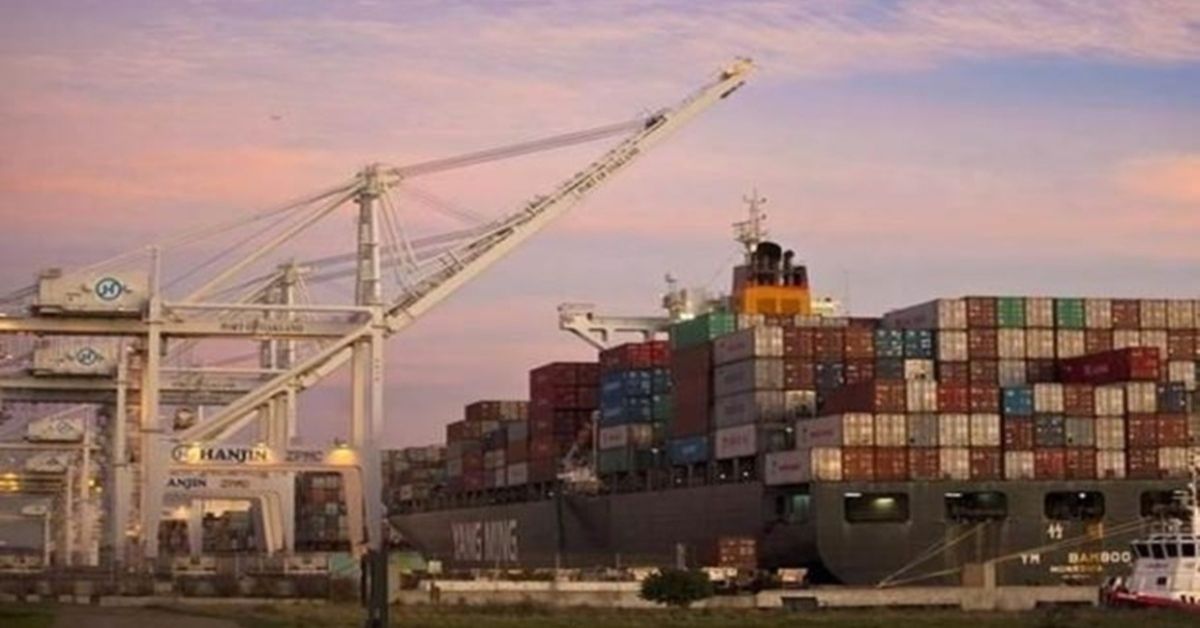Government of India is committed to reduce the emissions from shipping sector and promote the development of net zero and low-emission solutions. By 2030, all the Major Ports are to be made fully self-sustainable on electricity. All the energy requirements of the port are to be met through renewable sources. Initiative also includes Green Warehousing utilizing green/ natural solutions such as natural light or energy efficiency lighting, automated and compact storage systems, roof top solar, using HVLS fans and rainwater harvesting.
The Sagarmala programme is the flagship programme of the Ministry of Ports, Shipping and Waterways to promote port-led development in the country through harnessing India’s 7,500 km long coastline, 14,500 km of potentially navigable waterways and strategic location on key international maritime trade routes. As a part of Sagarmala Programme, more than 800 projects at an estimated cost of around Rs. 5.5 lakh crore have been identified for implementation during 2015 to 2035 across all coastal states an Eastern and Western side of the country. Sagarmala projects includes projects from various categories such as modernisation of existing ports and terminals, new ports, terminals, RoRo & tourism jetties, enhancement of port connectivity, inland waterways, lighthouse tourism, industrialization around port, skill development, technology centres, etc. Further, under holistic development of coastal districts, a total of 567 projects with an estimated cost of around Rs. 58,000 crore have been identified.
To develop global standard ports in India, Maritime India Vision (MIV) 2030 has identified initiatives such as developing world-class Mega Ports, transshipment hubs and infrastructure modernization of ports. MIV 2030 estimates the investments to the tune of Rs. 1,00,000–1,25,000 Crores for capacity augmentation and development of world-class infrastructure at Indian Ports.







